Want to know something scary?
No one is reading your blog posts.
But they are reading the headlines you put on them.
It’s true. And a rather silly satirical article that went viral is a perfect example of how I know this.
That link is to an article by the satire site The Science Post entitled “Study: 70% of Facebook users only read the headline of science stories before commenting.”
Rather ironically, it’s been shared 67,000 times.
Want to know the best part?
Most of the copy of the article was just “Lorem Ipsum” filler text. Thousands of people shared nonsense.
We judge books by their cover. Or, to be more specific, we judge books by their title.
And that means we judge blogs by their headline.
Have you ever considered that? Your audience will only gravitate toward the most attention-grabbing headlines.
So in this post, I’m going to show you how to boost your social shares with headline formulas that get you the clicks and social shares you’ve been trying to win.
But first, you need to understand just how powerful the right headline can be.
Here’s why you should care about headlines
Headlines leave a lasting impression on your audience, whether you want them to or not.
Copyblogger found that 80% of users who see your post will read the headline, but only 20% will actually read the content.
And if you want further proof, I was able to improve my conversion rate by 40% just by improving headlines.
But how does that work?
A large part of it is because headlines actually help determine how we think about the contents of an article.
New Yorker published an article back in 2014 that contained information from an Australian study that undeniably proved this point.
They tested a group of participants by presenting the same article to them with vastly different headlines.
The article itself talked about an anomalous increase in burglaries for that year but emphasized an overall downward trend.
The headlines indicated two completely different stances though.
One read “Number of Burglaries Going Up” while the other read “Downward Trend in Burglary Rate.”
The headline not only succeeded in reframing the article, but it also impacted the reader’s ability to recall information in the piece.
Crazy, right?
And this isn’t a new phenomenon. We’ve been crazy about headlines for centuries.
For example, Newspapers have been creating and recreating the way we read the news since their inception.
Even when they mess up, like the famously wrong “Dewey Defeats Truman” headline, newspaper headlines had a powerful influence.
Perhaps even more powerful is the headline examples we see from propaganda.
Even though we typically see propaganda as a bad thing, we instantly recognize some of the more famous pieces of it.
Like this American poster influencing young men to find their nearest recruiting station:
We remember these tags and headlines because they leave an immediate impression.
It’s an all-out attempt to capture and keep our attention on a specific topic and keep it long enough to ask for something.
And now, the baton has been passed to the digital nomads, marketers, and journalists of our time.
It’s our job to find and create the headlines that capture the imagination and inspire action.
So I want to teach you how to write better headlines that engage your audience and intrigue them enough to read your post.
These ten formulas will help you achieve your digital goals and generate a stream of social sharing that will help your brand go viral.
Formula #1: Show your audience the future
Anything that offers your audience a future that is better than their present will always be intriguing, exciting, and worth a gander.
This may sound selfish, but people want to know that things can be better.
If you can inspire someone to get out of bed in the morning with the quick dose of brighter future, you’ll have an advocate for life.
And this is verified with data, too.
Buzzsumo found that the number one phrase in a viral headline is “will make you.”
That means your audience is looking for things that will make them different.
Maybe it will make them stronger, faster, or a better person.
Whatever it is, your promise to show it to them will be intriguing.
For example, you could create headlines like:
- Be the most influential person in your neighborhood!
- Get paid to see the world in 6 months.
- You can get any job you want with this month-long class.
All of these promise something unique and growth-oriented.
As long as you follow through on these promises, your audience will be inclined to share this with anyone they think it can help.
Here’s an example of how this could work from The Art of Manliness.
By tapping into a topic that many guys hate (shopping) and promising a way that you can save money, AoM does a wonderful job of catching your eye.
They also tantalize the prospect that by learning one simple concept called the Style Pyramid, you can make these changes permanent.
All in all, it makes you want to at least see what they have to say, right?
Let’s look at another example from TedEd Video, but this time in the negative.
This one catches your eye for a completely different reason, right?
Not quite.
It’s still attempting to show you the future.
It promises that you’ll see something so bad that you won’t be able to keep yourself from being angry.
And doesn’t that make you want to test it? I know it does for me.
That’s why it’s so effective, and why it has more than six million views.
When someone sees this, gets angry (like promised) and then shares on their own social media, you’ll have created a viral storm.
Formula #2: Tell the reader what they will get from you
This formula is a more feature centric approach, but that’s sometimes useful.
Why? Because sometimes we like to start with benefits rather than features.
When your audience is more interested in learning the what rather than the how, this is a perfect way to grab their attention.
Start with the various features of your offering.
Phrase them as so earth-shattering that it’s unignorable.
Create a tantalizing image that conveys power and utility.
Then watch the magic happen.
Take this Slate article on what you can expect from Apple’s new iPhones:
If you’re a fan of Apple’s phone products, this could be interesting to you for any number of reasons.
Maybe you want to see how the camera has been updated.
Or, if there are any new improvements to their Facial Recognition software.
At the very least, you’re intrigued by the fact that the image says “It can swim, too.”
All of this makes you want to read more.
But that’s not all because now I’m going to show you how you can break the rules with this formula, like in this Buffer article:
That’s right. Now we’re using this formula to offer a benefit and insight on Instagram’s features.
It’s a two-for-one deal that works like a dream.
You get the benefit of not having to sift through 20 whole Instagram studies.
And you get to share in the insights about how to properly use Instagram.
The trick here is not to do this too often.
But properly it can yield great results.
Formula #3: Hit where it hurts
Hitting on the direct fears of your audience is a perfect way to grab their attention and show them there’s a better way of accomplishing their goals.
You see this a lot in more B2C industries that want to show customers a highlight of their product or service.
But you can use it for B2B too, with a word of caution first.
Don’t go too negative here.
This style of post can easily backfire if you’re too negative or directly insult someone.
That’s going to be even worse for your brand and will have people sharing for the wrong reasons.
Here’s how to do it well:
PsyBlog, a popular psychology blog with over 50,000 subscribers, recently posted this article:
I think this is a great example of how you can thread the needle here.
It hits where it hurts because a reader with depression will be able to empathize and then see what advice the article gives.
But it doesn’t shame individuals with depression at all.
It merely builds curiosity by targeting a sensitive spot: eating habits.
Do you see how brilliant this approach can be?
And here’s another example from Psychology today that attacks another sore spot:
The idea that you could be losing money, even accidentally, is frightening to almost everyone.
That fear makes you want to click, read, and share with your friends who are perhaps in a similar predicament.
But again, it doesn’t try to make you feel bad about yourself.
And it promises a solution to your issues.
Use this formula when you’re targeting your audience’s biggest pain points, and make sure it’s follow up with some awesome copy and imagery.
Formula #4: Share the love you’ve been getting
A testimonial headline is a proven method of grabbing attention and proving value to your audience.
When Basecamp switched a few of their headlines over to testimonials, they reported a 102.5% increase in conversions after they launched.
Notice that it also simplified the design of their page.
They went from confusing and jumbled imagery to a single shot of a very happy customer.
They showed the actual review right where you can read it and highlighted their favorite excerpts.
Which would you rather click? I think the results speak for themselves.
But how can you use this in a blog post that encourages social sharing?
Take a look at what Match.com does on their blog:
As you scroll through their posts, you’ll find hundreds of these Match Made posts.
All of them are real stories from how real users found a partner on their site.
And there are so many. You can’t help but think that something must be working on this site.
Finding ways to use your own success stories can create a powerful impulse for someone to click and read your posts.
We gravitate toward success and what we can achieve, remember?
Use this formula to share success and spread the positivity of your brand.
Formula #5: [Do something] like [world-class example]
This social proofing formula comes at the recommendation of CopyBlogger.
It was too good not to share.
Think of all the brands that have milked a headline like this.
The “Be Like Mike” campaign of the 1990s comes to mind immediately for me.
It was such a powerful attempt to tap into the image of one of the most famous basketball players of all time.
But you don’t have to have a celebrity endorsing your brand to use them as a comparison.
In fact, I use this formula myself in this post encouraging you to Be Like Bond.
As cool as I am, I’m in no way the level of super-cool that super spy James Bond is.
So I use his image to capture your imagination and show you ways you can keep tabs on your competitors.
It’s an effective tool that, as you can see, has almost 400 shares.
And I’m not the only one who uses this approach.
This Quartz article is another great example of how you can tap into the image and habits of the rich or powerful.
In this case, the admonition is to find ways to learn and grow as an individual.
The implication that it will bring you wealth and satisfaction is what makes you click through, and it influences what you’ll expect to find.
Use this formula as a way to piggyback on an established and reputable name to help your audience learn something useful.
Formula #6: Tell them what everybody should know about…
Curiosity is a huge magnet for anyone.
One way you can tap into your audience’s curiosity by implying that there may be a few things they don’t know about a beloved topic.
Or, in the case of the examples I want to show you, you can give a more general overview of “helpful life tips.”
Like in this headline from LifeHack.
It draws you in with the promise that there might be even one thing on the list that you don’t know how to do.
When you compliment an article like this to helpful guides, it’s a powerful way to spread thought leadership.
Here’s a second look from Mental Floss.
I really like these, because of the inherent challenge inside of them and the unlimited amount of shareability.
Posting this on your social media channels with a directive to “share what you don’t know with your friends” can make it explode overnight.
Use this if you want to gain some traction as an expert and want to tap into new audiences on social media.
Formula #7: Use a listicle
You were probably expecting this one, and here it is.
For good reason though. An impressive 36% of people prefer list-based headlines to other types.
And OkDork even found that lists just underperformed infographics.
So whether it’s helpful Twitter tips or a huge compilation of jokes, lists have been proven to boost social shares.
Besides this very post promising ten formulas, I want to show you some ways you can use this approach.
This example from HelpScout shows you how you use a list to liven up an otherwise less than exciting topic:
Live Chat software may not be the highest priority on your list, but the promise of 15 quick takeaways makes this easy to browse and digest.
It also helps it stand out as a guide you can return to when you do get around to tackling live chat software.
But that’s not the only way you can use this formula, as Buffer shows us.
Not only are they giving you a six-step framework (list), they’re also giving you 87 ideas you can use (an even bigger list).
It’s another two for one deal.
You create curiosity with a simple list and inspire action with the promise of a vast resource.
And what makes this even better is that Content Marketing Institute showed us back in 2011 that odd numbers really stand out.
Use a listicle as a way to grab attention and almost promise too much.
When your information is as good as you promised, your audience will want to share.
Formula #8: Go with a how-to
Once again, it can sometimes be difficult to create an interesting spin on an otherwise heavy or boring topic.
When all else fails, consider a classic how to post.
Like this post, again.
This is a great default for anyone in a technical field because “how to” is one of the most popular phrases in viral posts.
People visit Google every day to find how-to posts about something, so why not create one for your brand?
Here’s an example from WPBeginner’s blog.
This is a great example of how you can take a complex topic and create a step-by-step guide to success.
Online marketplaces require a lot of patience and know-how, but using this guide promises to make it easy.
And here’s another good look at a heavy topic from HelpScout.
Without a guide like this, would you know how to create a multichannel customer support strategy?
You might be able to, but why not click and see if they know something you don’t?
Creating the right how-to will boost your brand and help you stand out as an expert in your industry.
And when someone has a question, who do you think they’ll come to?
Formula #9: Leave a cliffhanger
According to Buffer “This is” also ranked as one of the most popular phrases in a viral headline.
Using any variation of this puts a powerful tool in your hand.
Creating a cliffhanger and tantalizing a juicy story will compel your audience to click and learn more about your topic like I did in my Your Bounce Rate is a Lie post.
By claiming something contrary to popular thought and then teasing a new opinion, I aimed to snag curiosity.
It clearly worked too, as you can see this post has over 500 shares.
But you don’t have to use a contrary opinion with this formula.
Travel blogger NomadicMatt has a great example of this from his announcement of a highly-anticipated contest winner.
The idea here is to create suspense.
Give your reader an immediate reason to click and learn something exciting or helpful.
As long as you engage quickly and provide a solid resolution for your cliffhanger, your audience will be happy to share your post.
Formula #10: Show a quick way to solve a problem
Everyone loves a quick solution to a persistent problem.
It’s one of the easiest formulas you can use.
But if you do it right, your audience will forever be grateful.
Especially if you can show a shortcut for something that they aren’t particularly fond of.
Like math, as this example from Prodigy teases.
A student that struggles to learn and implement math will love any advice that helps shorten the burden.
Even though this post is directed at teachers, it’s just as likely that a student can find it and teach themselves.
If it’s as helpful as promised, that student will share with his friends.
Which helps Prodigy increase their organic audience.
Pretty smart, right?
And you see a lot of examples of this on your social media feed.
Like this post from NDTV Food.
You might not need hair growth tips, but I bet you know someone who does.
The promise of a faster solution than the natural route is sure to draw some interest.
And where there’s interest, you can expect people to share.
Conclusion
Headlines are the part of your post that nearly everyone is reading.
Are you paying enough attention to them?
Just because something sounds good to you doesn’t mean it will resonate with your audience.
Finding the formulas that work is the only solution to capture your audience’s attention and hold their gaze long enough to convey your thoughts.
By using the ten formulas in this post, you’ll create new opportunities for your brand to reach your audience.
You’ll be able to generate new page views and shares.
And ultimately have a powerful brand with an enormous following.
What headline formulas have you used to inspire your readers to share?
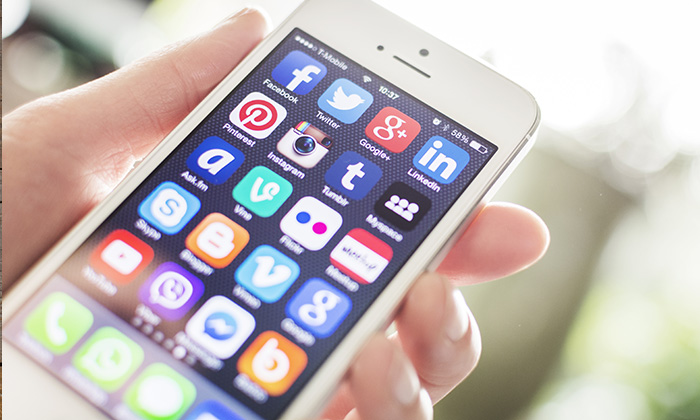
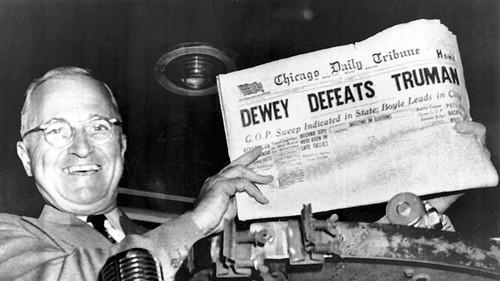

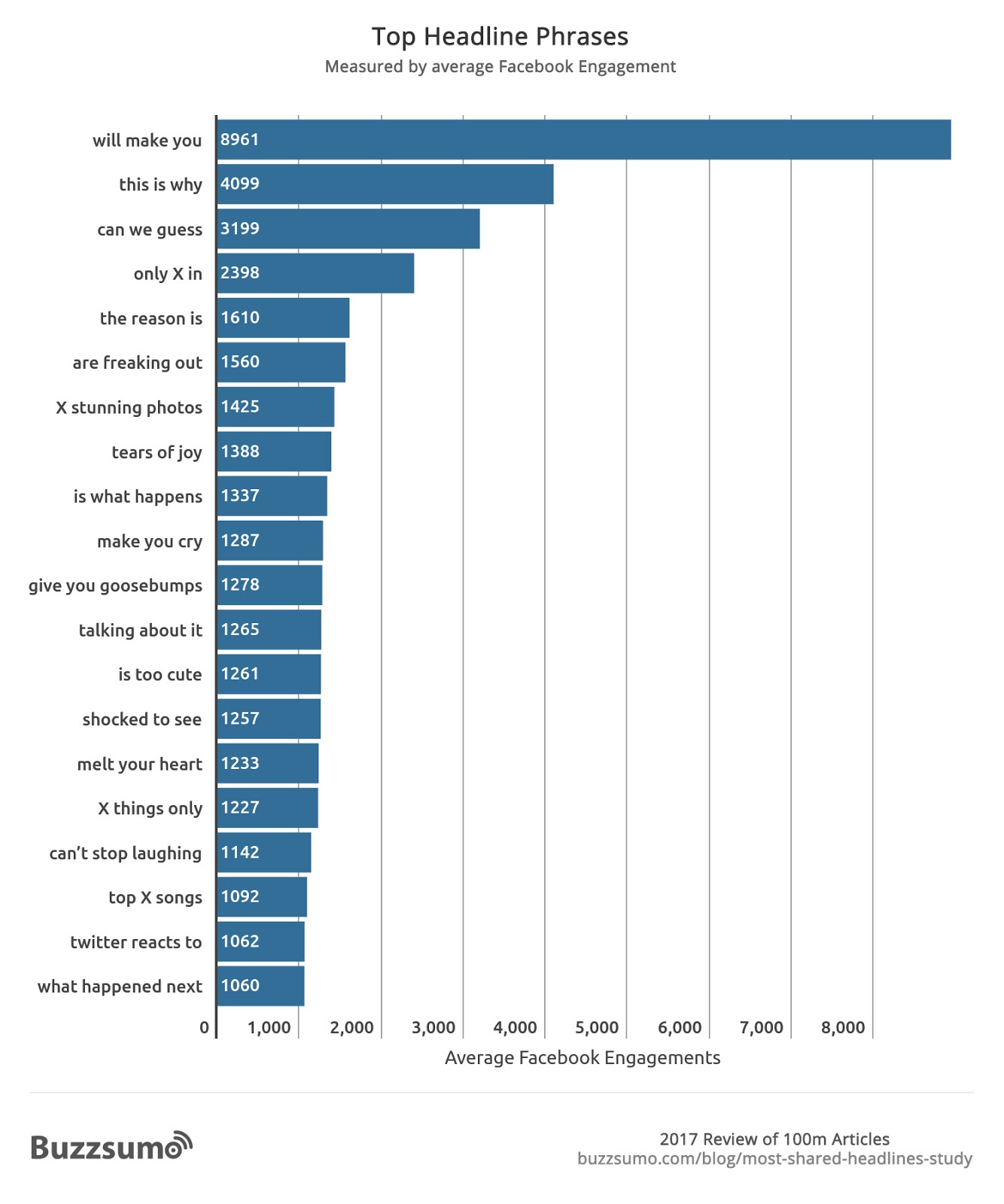
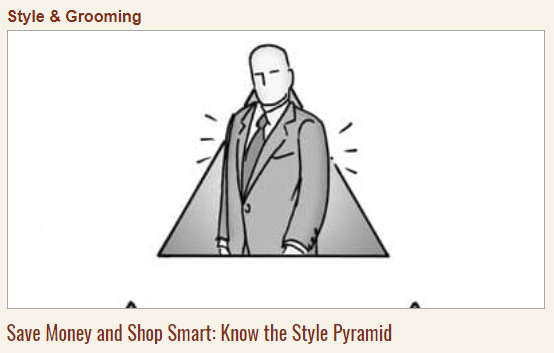
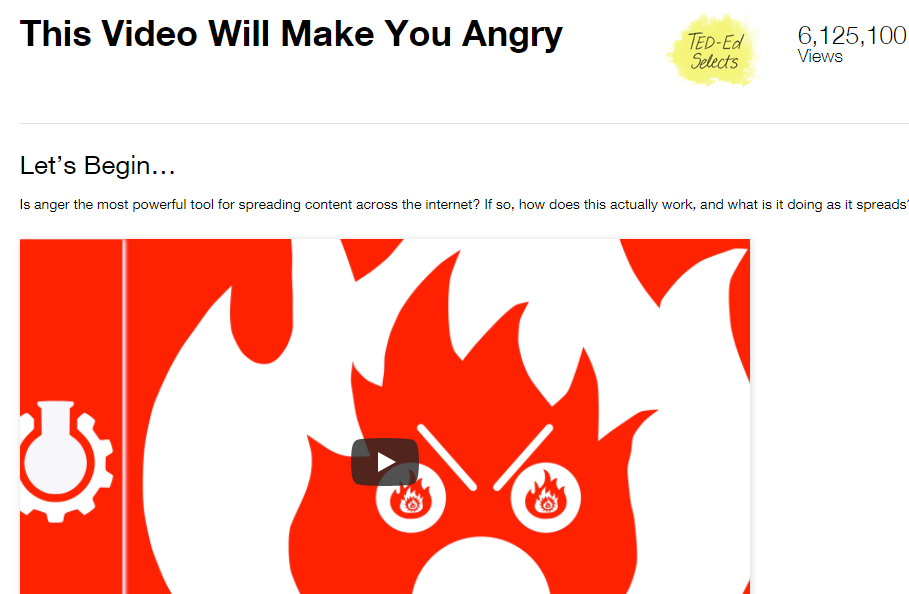

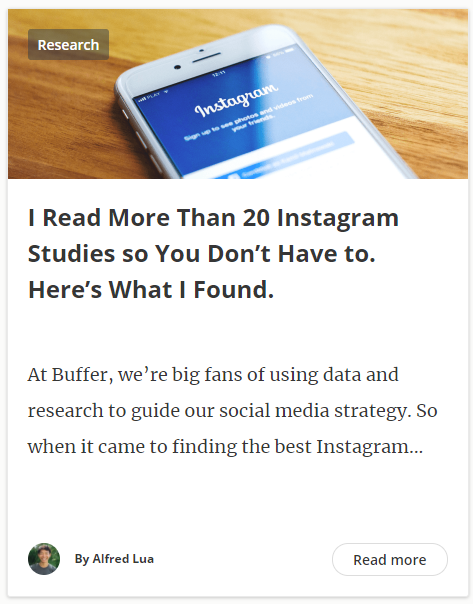


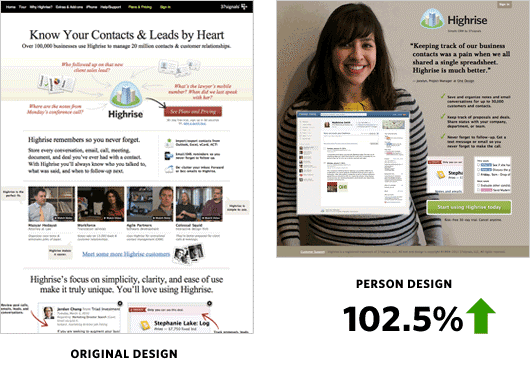


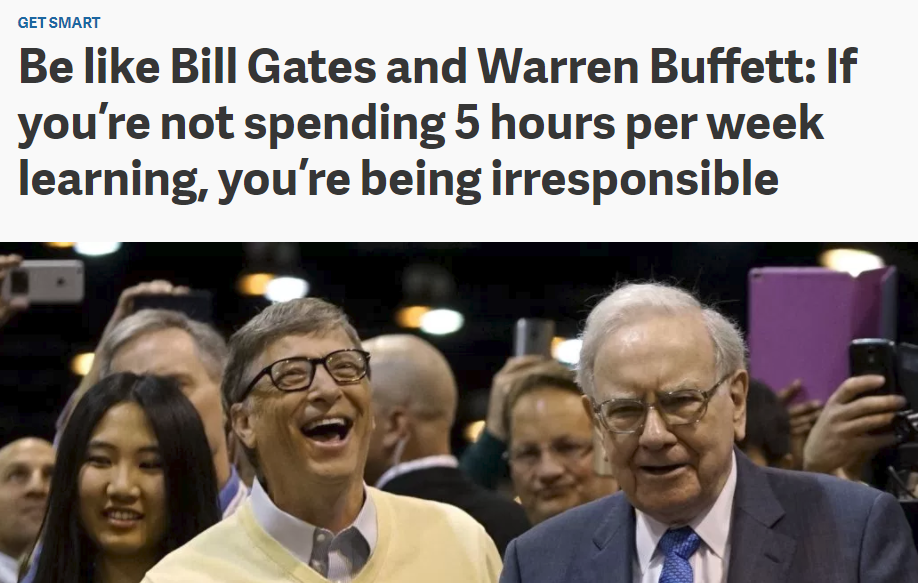
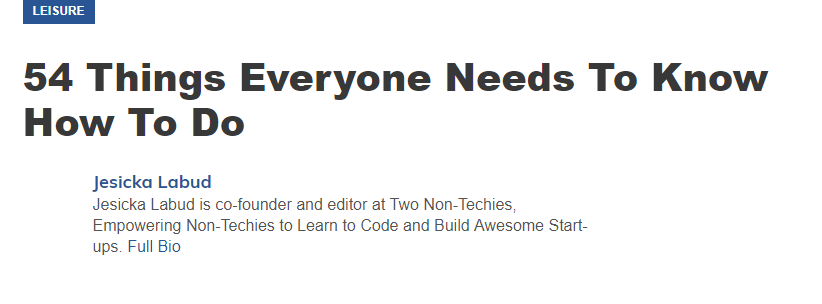
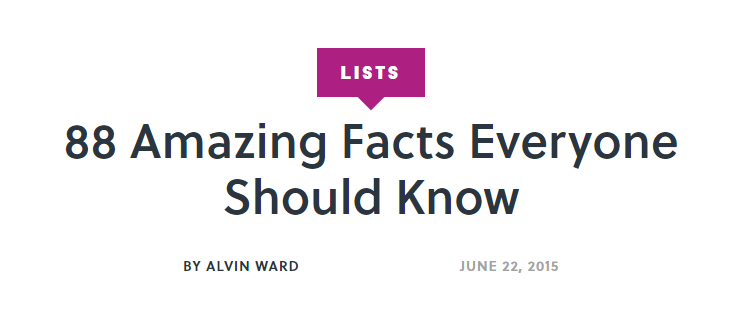
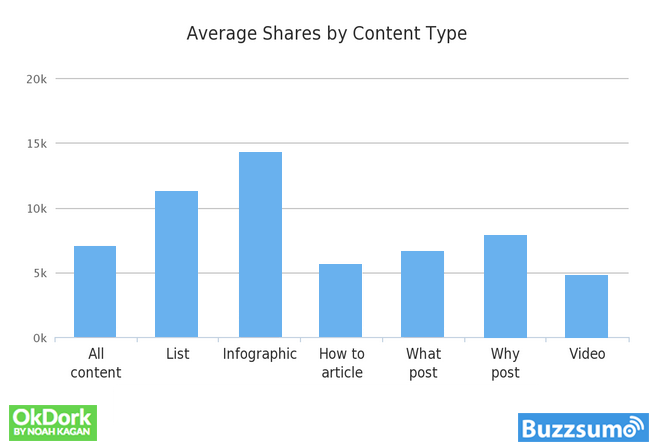
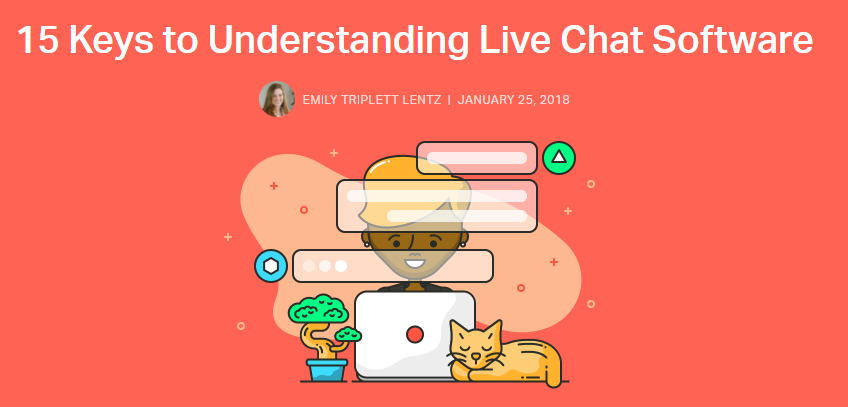

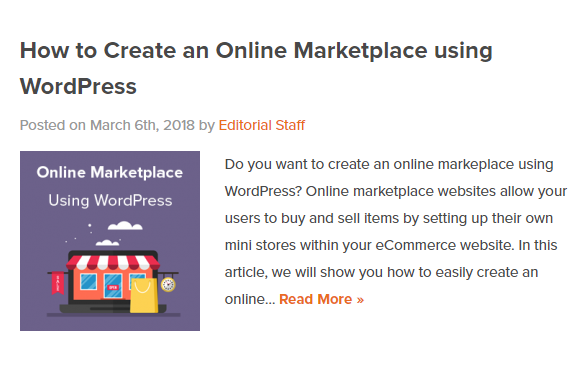
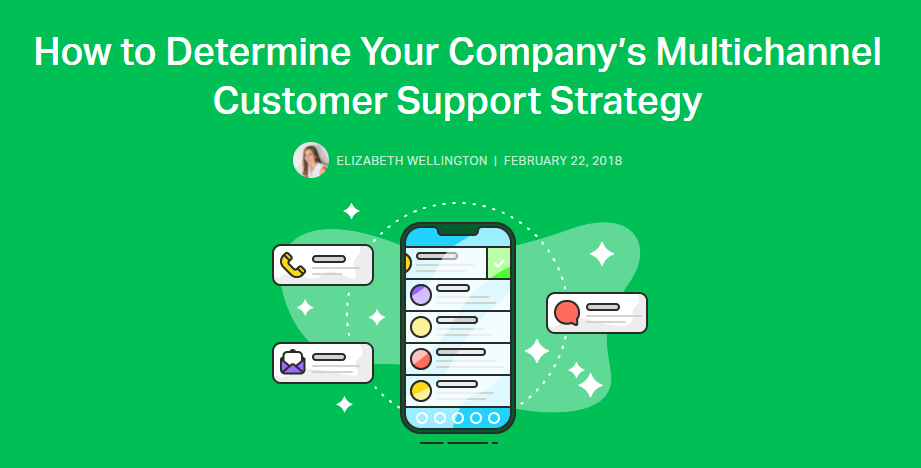

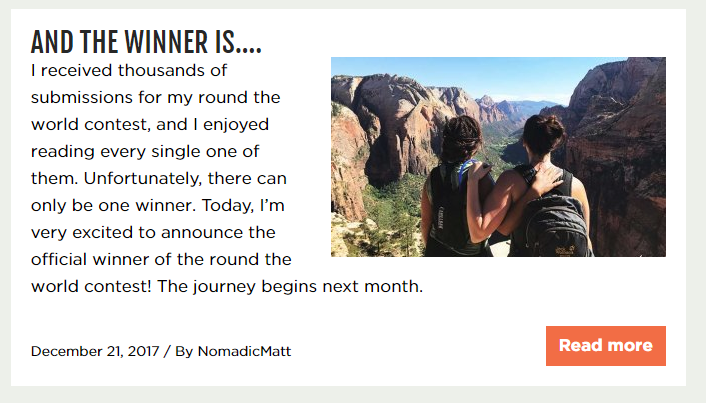

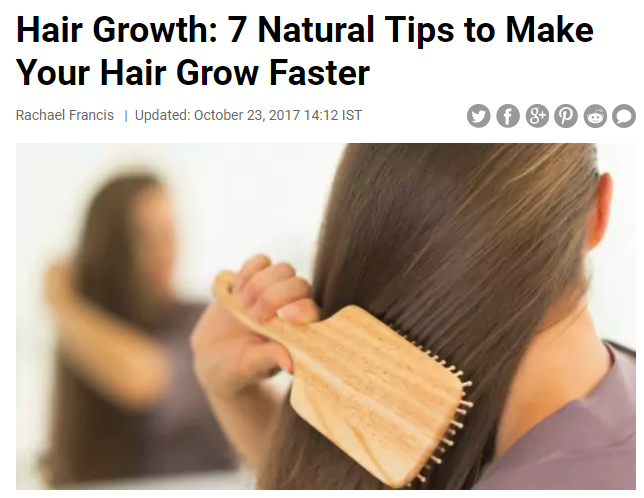
Comments (14)